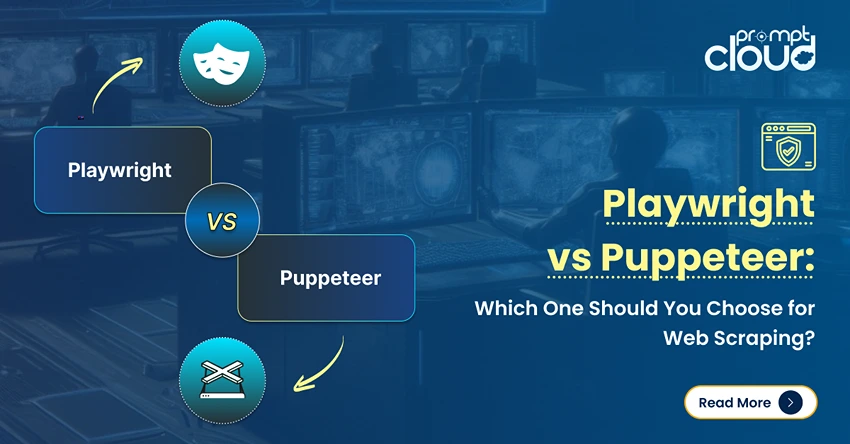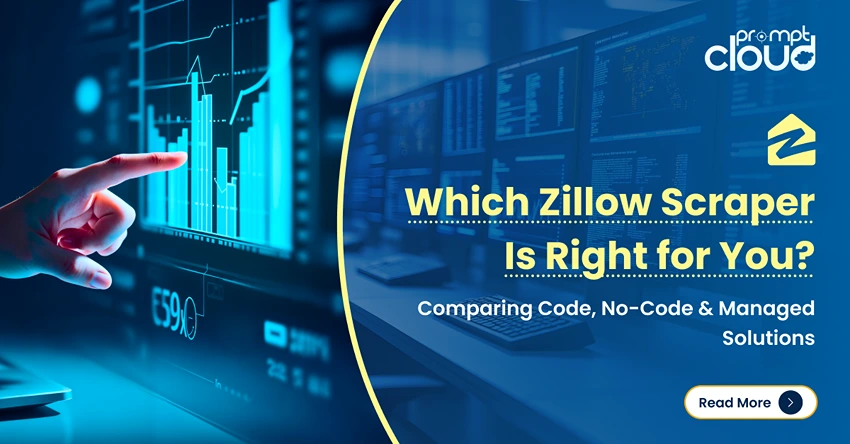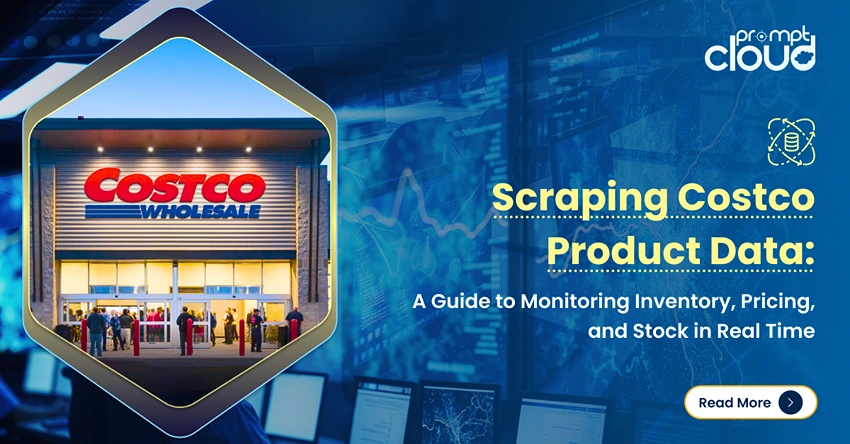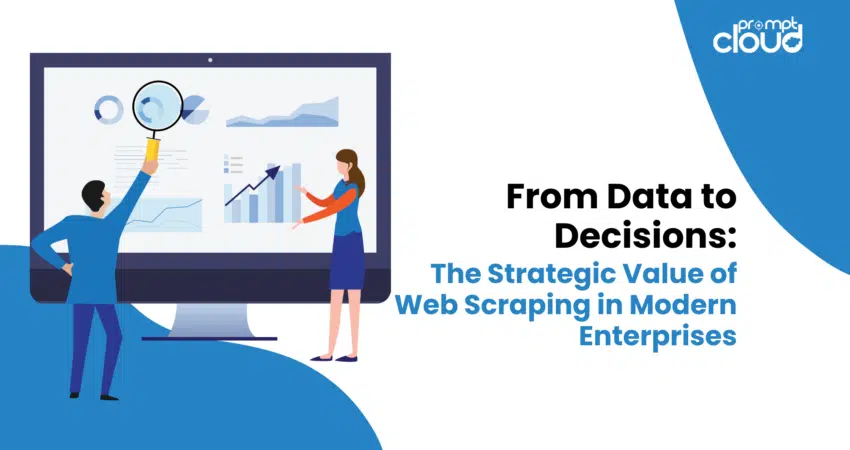
In today’s data-driven world, businesses across industries are constantly seeking ways to leverage information to gain a competitive edge. One of the most powerful tools at their disposal is web scraping, a technique for extracting data from websites. When harnessed correctly, web scraping data can provide invaluable insights that drive strategic decision-making and propel modern enterprises toward success.
What is Web Scraping?

Web scraping data involves the automated extraction of data from websites. This process is typically carried out using software tools and scripts that can navigate web pages, extract the desired data, and store it in a structured format for analysis. Unlike traditional data collection methods, web scraping allows businesses to gather large volumes of data quickly and efficiently, providing a real-time snapshot of the online environment.
At its core, web scraping data involves several key steps:
- Identifying Data Sources: Determining the websites and online platforms from which data will be extracted.
- Developing Scraping Scripts: Writing code to navigate web pages, locate specific data elements, and extract the information.
- Data Extraction: Executing the scraping scripts to collect the data.
- Data Cleaning and Storage: Processing the extracted data to remove inconsistencies and storing it in a database or data warehouse for analysis.
Web Scraping Applications in Modern Enterprises
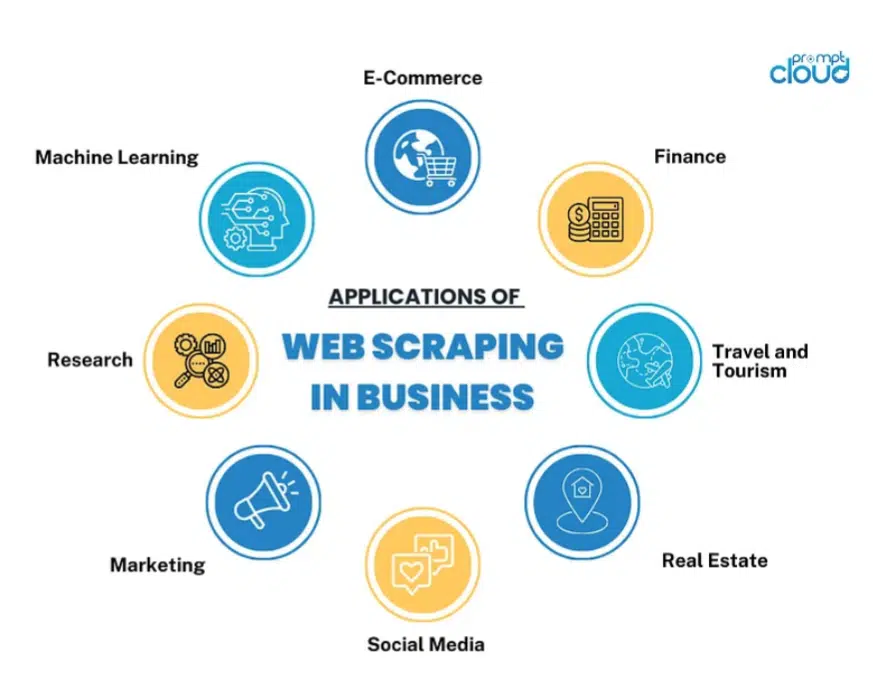
Web scraping offers a multitude of applications across various industries. Here are some key areas where it can provide significant strategic value:
Market Research and Competitive Analysis
Understanding the competitive landscape is crucial for any business. Web scraping data enables enterprises to monitor competitor websites, track product offerings, pricing strategies, customer reviews, and marketing campaigns. By analyzing this data, businesses can identify market trends, benchmark their performance against competitors, and uncover opportunities for differentiation.
For example, an e-commerce company can scrape data from competitor websites to track changes in product prices, inventory levels, and promotional offers. This information can inform pricing strategies, inventory management, and marketing campaigns, ensuring the company remains competitive in the market.
Customer Insights and Sentiment Analysis
Knowing what customers think about your products and services is invaluable. Web scraping allows businesses to gather data from social media platforms, review sites, and forums to understand customer sentiment and preferences. Analyzing this data can provide insights into customer needs, pain points, and trends, enabling businesses to tailor their offerings and improve customer satisfaction.
A practical example is a fashion retailer using web scraping data to collect customer reviews from multiple e-commerce platforms. By analyzing the sentiment of these reviews, the retailer can identify popular products, understand customer complaints, and make data-driven decisions to enhance their product line and customer service.
Financial and Investment Analysis
In the financial sector, web scraping is used to gather data on stock prices, financial news, and market trends. This information can be analyzed to identify investment opportunities, predict market movements, and make informed trading decisions.
An investment firm, for example, can scrape financial news websites and stock market data to track the performance of specific companies and sectors. By analyzing this data, the firm can develop trading strategies and make investment decisions that maximize returns.
Supply Chain Optimization
Web scraping data can play a critical role in optimizing supply chains. By collecting data on supplier prices, product availability, and delivery times from various sources, businesses can make more informed decisions about their supply chain operations.
A manufacturing company, for example, can scrape data from supplier websites to monitor raw material prices and availability. This information can help the company negotiate better deals, manage inventory levels, and reduce production costs.
Web Scraping Best Practices for Enterprises
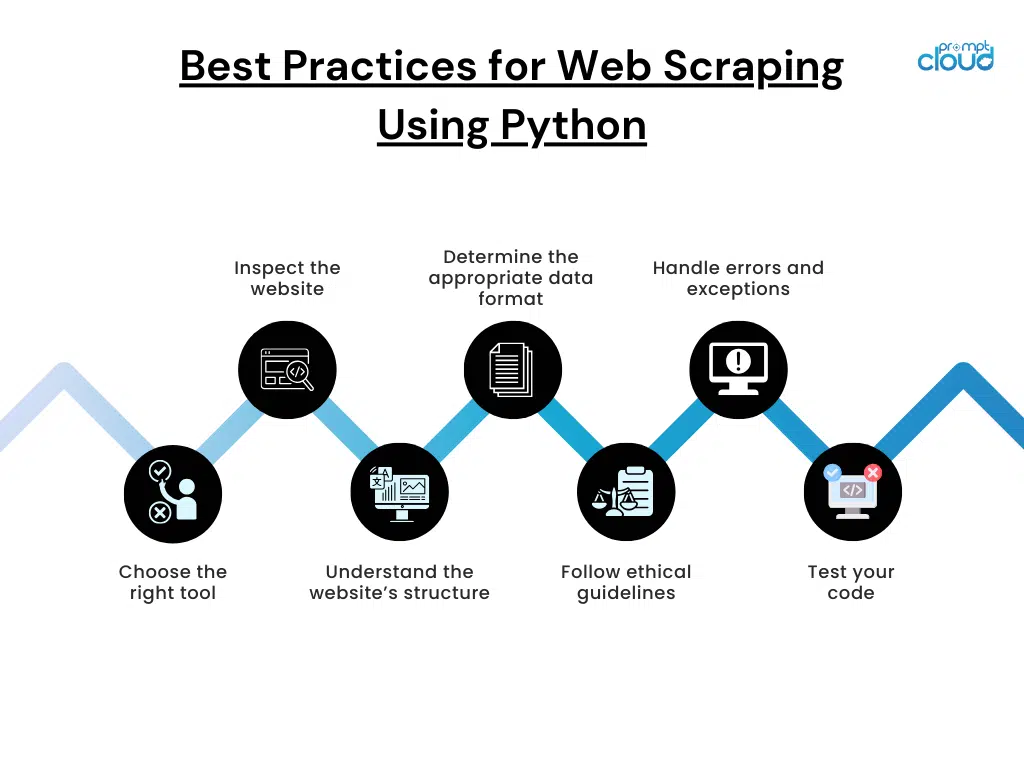
While web scraping offers immense strategic value, it is important to approach it with caution and adhere to best practices to ensure ethical and legal compliance.
Respect Website Terms of Service
Before scraping data from any website, it is essential to review and comply with the website’s terms of service. Some websites explicitly prohibit scraping, while others may have specific guidelines on how their data can be used. Violating these terms can lead to legal consequences and damage your business’s reputation.
Use Responsible Scraping Techniques
Implementing responsible scraping techniques helps minimize the impact on the target website’s server and ensures the longevity of your scraping activities. This includes using rate limits to avoid overloading the server, respecting the website’s robots.txt file, and avoiding scraping sensitive or personal data without permission.
Ensure Data Accuracy and Quality
Data accuracy and quality are critical for making informed decisions. Implement data validation and cleaning processes to remove duplicates, correct errors, and standardize the data. This ensures that the insights derived from the data are reliable and actionable.
Maintain Data Security and Privacy
When scraping data, it is important to ensure that the data is stored and processed securely. Implement appropriate security measures to protect the data from unauthorized access and breaches. Additionally, comply with data privacy regulations such as GDPR and CCPA to safeguard personal information and respect user privacy.
Monitor and Update Scraping Scripts
Websites frequently update their structure and content, which can affect the performance of your scraping scripts. Regularly monitor and update your scripts to ensure they continue to function correctly and extract the desired data. Automating this process can save time and resources, ensuring the continuity of your data collection efforts.
Integrating Web Scraping into Your Business Strategy
To fully realize the strategic value of web scraping, it is essential to integrate it into your broader business strategy. Here are some steps to help you get started:
Identify Strategic Objectives
Begin by identifying the specific strategic objectives you aim to achieve through web scraping. This could include improving competitive intelligence, enhancing customer insights, optimizing supply chains, or generating sales leads. Clearly defining your objectives will guide your data collection efforts and ensure alignment with your overall business strategy.
Choose the Right Tools and Technologies
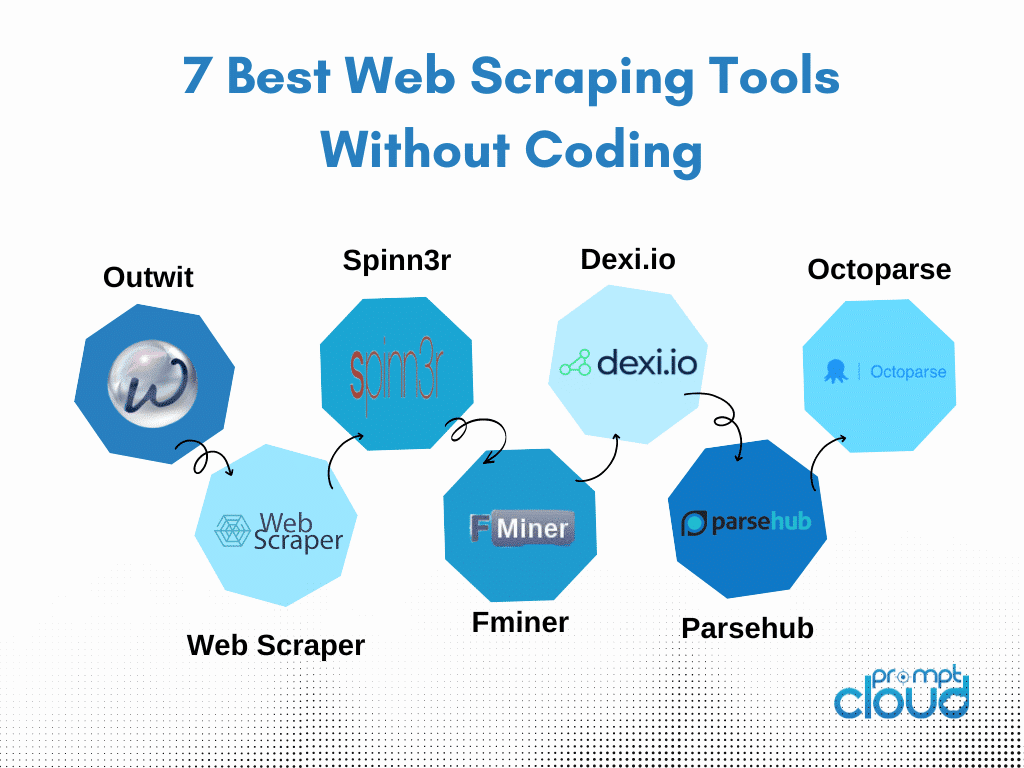
Selecting the right tools and technologies is crucial for effective web scraping. There are various web scraping tools available, ranging from simple browser extensions to advanced programming libraries and cloud-based solutions. Consider factors such as ease of use, scalability, and customization capabilities when choosing a tool that best fits your needs.
Build a Skilled Team
Web scraping data requires a combination of technical and analytical skills. Building a skilled team with expertise in web scraping, data analysis, and business intelligence is essential for successfully implementing and leveraging web scraping in your organization. This team will be responsible for developing scraping scripts, managing data quality, and deriving actionable insights from the data.
Develop a Data Strategy
A comprehensive data strategy is key to maximizing the value of web scraping. This involves defining data collection methods, storage solutions, data processing techniques, and analysis frameworks. A well-defined data strategy ensures that your web scraping efforts are systematic, efficient, and aligned with your business goals.
Continuously Monitor and Optimize
Web scraping is not a one-time activity but an ongoing process. Continuously monitor the performance of your scraping efforts, analyze the data for insights, and refine your strategies based on the findings. This iterative approach ensures that you stay agile and responsive to changes in the market and online environment.
Conclusion
Web scraping has emerged as a powerful tool for modern enterprises, offering strategic value across various domains. From market research and competitive analysis to customer insights and supply chain optimization, the applications of web scraping are vast and impactful. By adopting best practices and integrating web scraping into your business strategy, you can harness the power of data to make informed decisions, drive growth, and stay ahead in the competitive landscape.
At PromptCloud, we specialize in providing advanced web scraping solutions tailored to your business needs. Our expertise in data extraction and analysis enables you to unlock valuable insights and transform your strategies. Contact us today to learn how we can help you leverage web scraping to achieve your strategic objectives.










